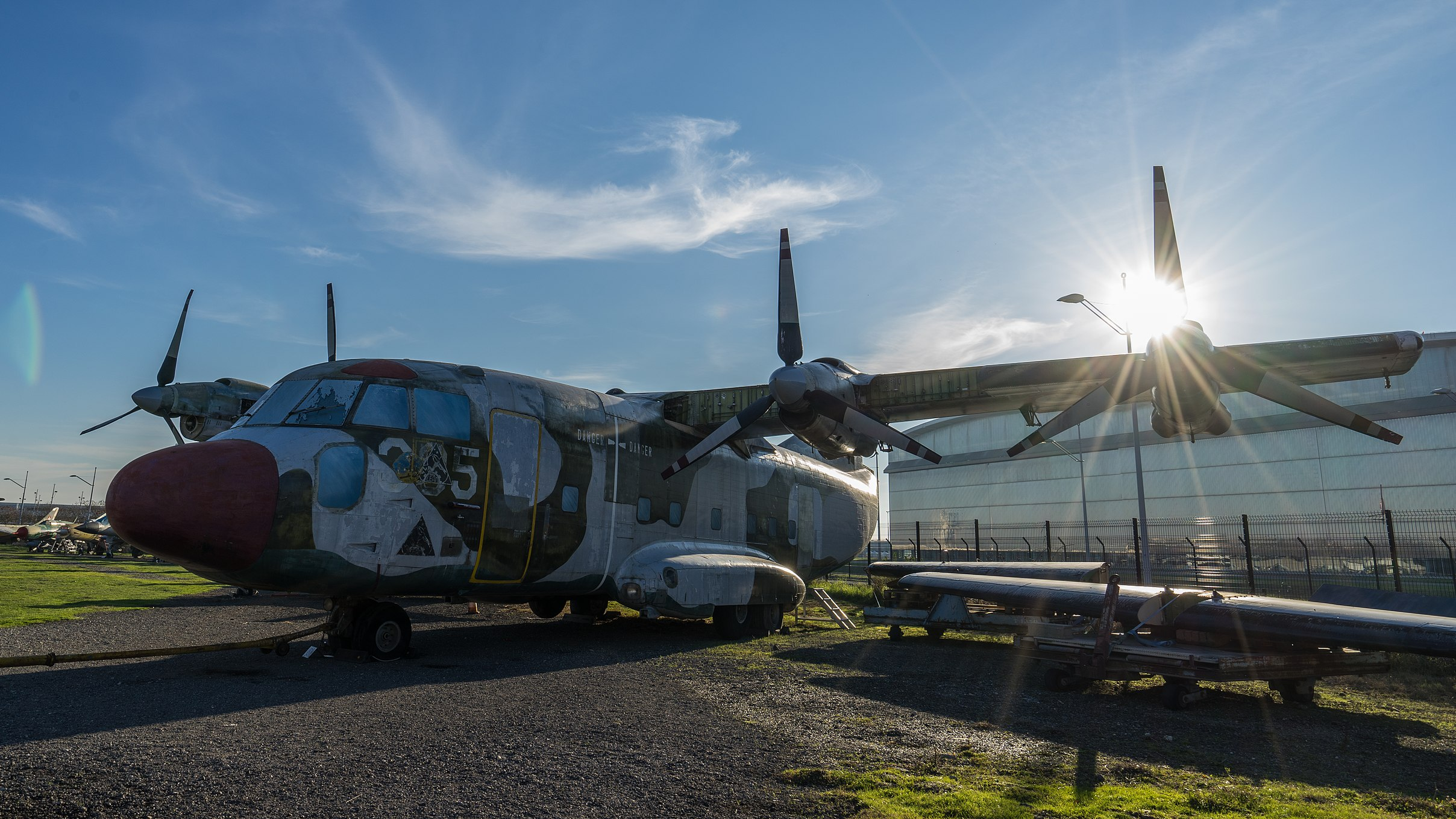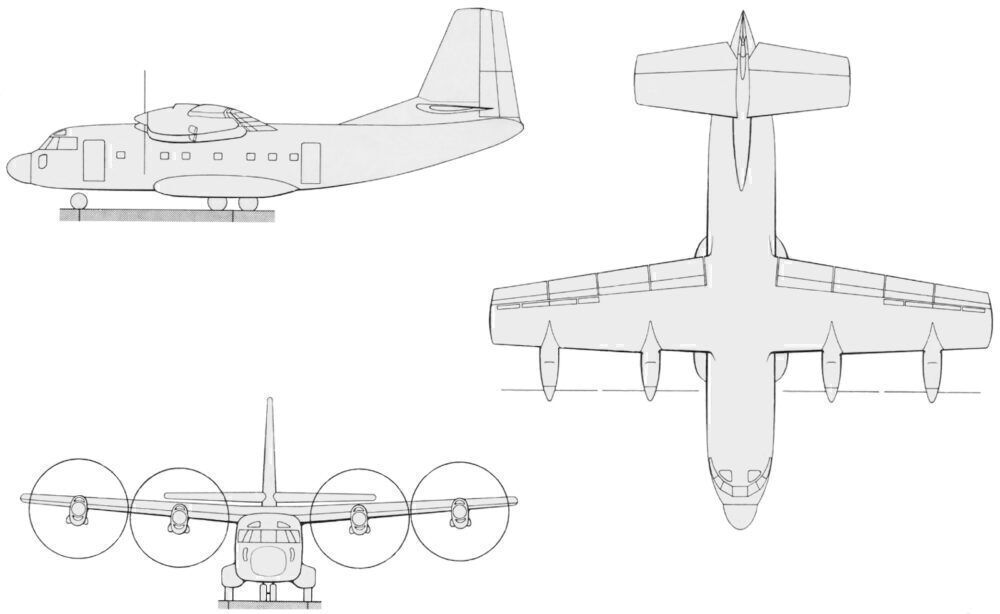The Bréguet 941 was a four-engine turboprop short takeoff and landing (STOL) aircraft that made its first flight on June 1, 1961. The prototype was rigorously tested in France and the United States and was known as the McDonnell 188 on the western side of the Atlantic. Despite its ambitious features, it wasn’t taken on by any commercial airlines. Only a single prototype and four production aircraft were built.
This article dives into history and explores how and why McDonnel 188 was developed and how it failed.
Providing solutions
As the 1950s approached, Louise Charles Breguet began developing a concept for a STOL aircraft. The French aviation pioneers developed a plane that would drive a common powershaft, which then drove four large propellers. These would be equally separated across the leading edge of the wing with extensive, full-span, slotted flaps.
STOL planes are designed for flights that operate on short runways. Several of these aircraft are also equipped to serve on runways in volatile conditions. For example, operations on fields at high altitudes or airports with icy surfaces are often better suited to being conducted with STOL units. After a decade of working on the project and experimental prototypes, Breguet had the 941 ready to fly.
Across the pond
- Crew: 2
- Capacity: 57 civil passengers or 40 fully loaded troops or 24 stretchers
- Length: 23.75 m (77 ft 11 in)
- Wingspan: 23.4 m (76 ft 9 in)
- Height: 9.65 m (31 ft 8 in)
- Wing area: 83.8 m2 (902 sq ft)
- Airfoil: NACA 63A416
- Powerplant: 4 × Turbomeca Turmo IIID3 turboprop engines, 1,119 kW (1,501 hp) each all four engines linked by transmission shafts
- Propellers: 3-bladed constant-speed propellers
In the US, the McDonnell Aircraft Corporation struck an agreement to license the plane in the country. The 941 prototype will be called the McDonnell 188 here. NASA and the military will evaluate the model.
American Airlines tested the advanced 941S. Data was being obtained on the aircraft and its STOL/RNAV operational processes. Area Navigation (RNAV) is a key enabler of Performance-Based Navigation (PBN). This unit was equipped with Butler-National, Decca, and Litton 3-D RNAV systems. There was also a Singer-General Precision, Inc. microwave landing guidance system.
The engines were controlled by a single governor, enabling greater efficiency of the propellers and the turbines. According to McDonnell Aircraft Corporation,
“The power turbine and the propeller shaft rotational speeds are controlled by a single governor located on the cross-shaft system. This governor collectively regulates the propeller pitch to control the RPM selected by the pilot. The cross-shaft system which interconnects the four propellers and power turbines permits one-engine-out operation with no loss of control, while retaining 83% thrust.”
Photo: American Airlines
Altogether, the results implied that STOL with RNAV is technically achievable and hassle advantages. All of the tools tested were conceptually acceptable. Nonetheless, American Airlines wasn’t impressed enough with the test unit and the RNAV systems to use it in the ways they were set up during this period.
No commercial luck
- Maximum speed: 450 km/h (280 mph, 240 kn)
- Cruise speed: 400 km/h (250 mph, 220 kn)
- Range: 1,000 km (620 mi, 540 NM)
- Service ceiling: 9,500 m (31,200 ft)
- Take-off run: 185 m (607 ft) at 22,000 kg (48,502 lb)
It wasn’t only American Airlines that tested the plane. It had also been spotted in Eastern Air Lines livery. The type toured around the US is being tested as an STOL passenger model for services from small city airports. Eastern even demonstrated flights from the northeast with it. However, just like American, no units were ordered.
A military version was also built to potentially cater to the military needs at the time. McDonnell Aircraft Corporation states,
“A larger and improved military version, the Breguet 941, made its first flight in June 1961. In the fall of 1961, Breguet and McDonnell agreed to technical collaboration on the principles embodied in the 941. MoDonnell subsequently obtained a license agreement covering manufacture and sales in North and South America.”
The four Bréguet 941S units that were built were never entered into service in the US. However, they found a home with the French Air Force in 1967 and were in action until 1974. Altogether, including prototypes, only six planes of the Bréguet 941 family were ever made. The plane has more recently been spotted under preservation at museums such as the Musée de l’air et de l’espace (Air and Space Museum) and Toulouse Aircraft Museum.



